Popular on Food52
7 Comments
Janice L.
July 8, 2015
I am half-Egyptian, born in Canada, and I LOVE Egyptian food. I have never been to Cairo. My dad moved to Canada over 40 years ago for so many reasons, and I respect his choice. Anyways, all that to say, that the Egyptian food that I know and love is the Egyptian food that we cook at home and share with family. And so, from my experience, we really do eat ful and koshary. Those 2 dishes are my comfort foods. There must be a can of fava beans in my pantry at all times so I am ready to make ful for a quick breakfast, lunch, or dinner whenever I crave it. All the condiments/pickles with serve with our meals are key too. We love stuffed vine leaves with lamb. There's a lot of Mediterranean influence as we have dishes like moussaka...
Again, I have never been to Egypt so I can't talk about the street food or the restaurant situation, but family-cooked Egyptian food is delicious! I'd definitely love to check out this book :)
Again, I have never been to Egypt so I can't talk about the street food or the restaurant situation, but family-cooked Egyptian food is delicious! I'd definitely love to check out this book :)
Zeina
July 8, 2015
I second roxlet's comment. Cairo is one of the worst places for food beyond the pita and foul based falafel-like tameya. Street food is sharwarma in hamburger buns and one of the most 'authentic' restaurants in downtown cairo was underwhelming. Koshery is a carb mash up and not something i look forward to eating in the heat. Foul as the morning dish is treated with a chemical to make the cooking process faster. The sinai has great and cheap fish.
roxlet
May 6, 2015
I lived in Cairo, and I never experienced a place that was less about food than that city. Sure, koshary, if you like it, and tameya, but most upper class Cairenes pride themselves on their ability to afford to eat in luxury restaurants, like MacDonald's, which is considered the ultimate place for a luxe date. The best Egyptian restaurants in Cairo are Lebanese, and even those are pretty mediocre at times. I would be interested to read this book to see what I missed in a year of living there...
witloof
May 5, 2015
California Garden {http://californiagarden.com} makes absolutely delicious canned fava beans. If you contact them, they'll tell you where you can buy their products in your city. Goya also has canned favas which are pretty good. I've never seen frozen fava beans here {I live in NYC} but will have to seek them out. I bet they're delicious.
LaraBKL
May 5, 2015
Thank you for the tip--I'm sure that if I look beyond my local Whole Foods I'll find those brands. The frozen favas are definitely worth it--they've been great in pasta with mint as well.
AntoniaJames
May 5, 2015
"Genius Recipes"! Just got it last night at Kristen's book signing at Omnivore in SF, and I could hardly put it down. In a crowded field, this is a clear front runner for style as well as substance. Did you know there are many "Genius Tips" sprinkled throughout it?
This "Cairo Kitchen" seems noteworthy, too! ;o)
This "Cairo Kitchen" seems noteworthy, too! ;o)
LaraBKL
May 5, 2015
Isn't Kristen's book fantastic? We are hosting her at Book Larder this Thursday morning. So glad you had the chance to meet her at Omnivore--I love that place!
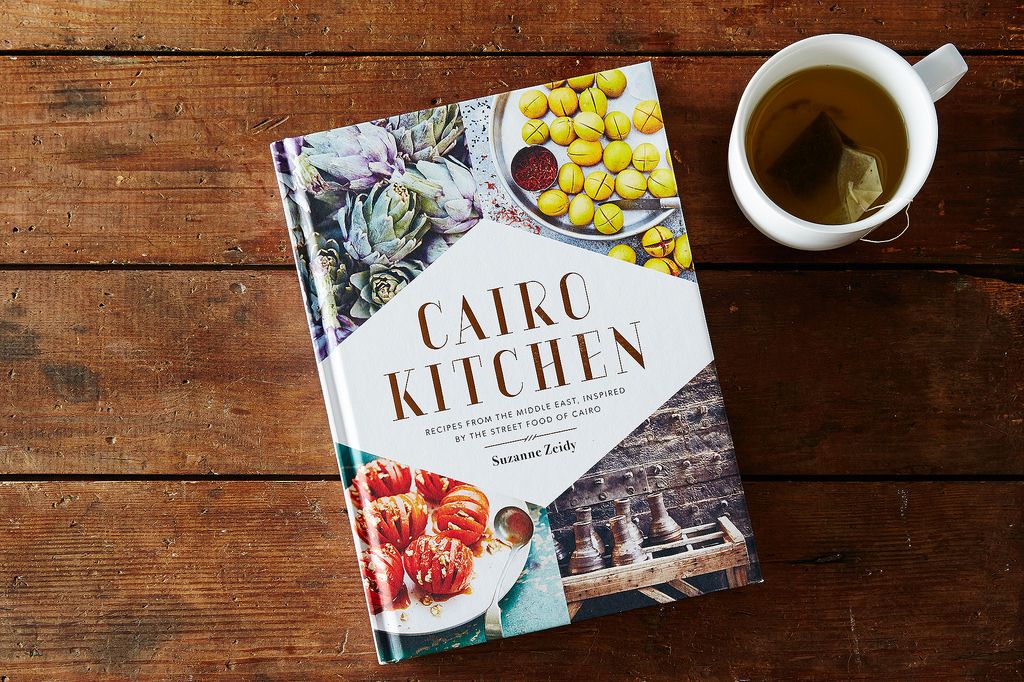
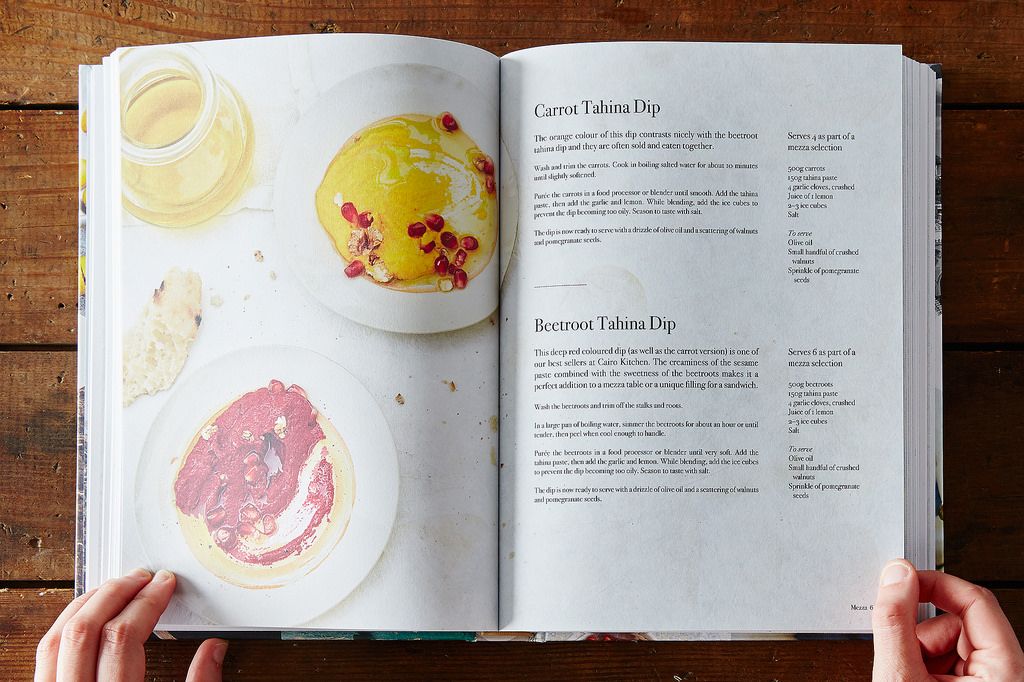
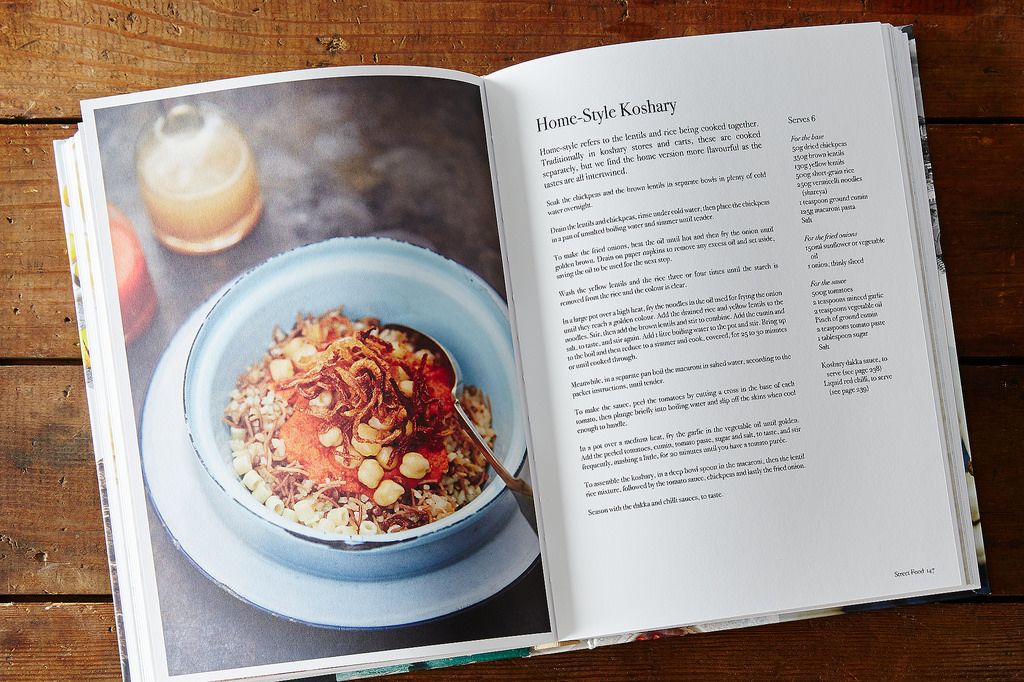
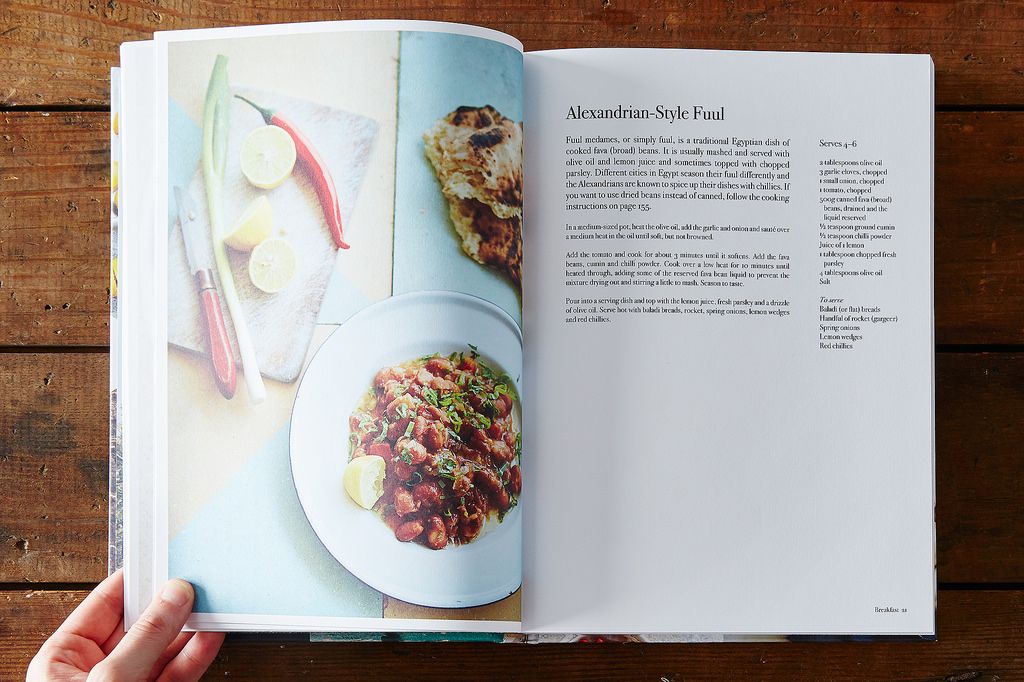
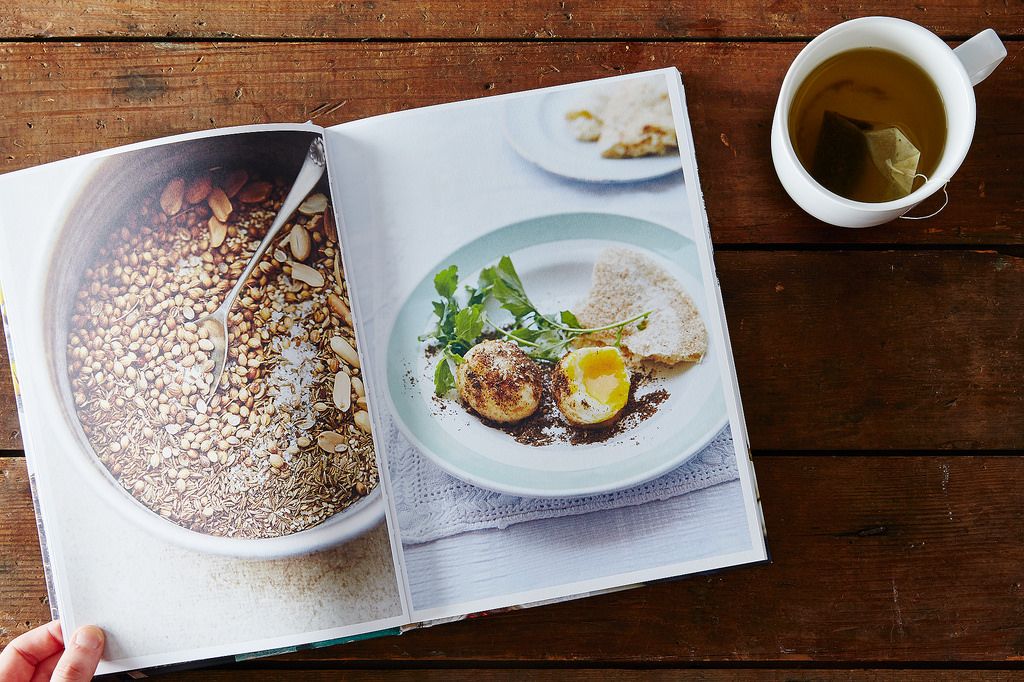
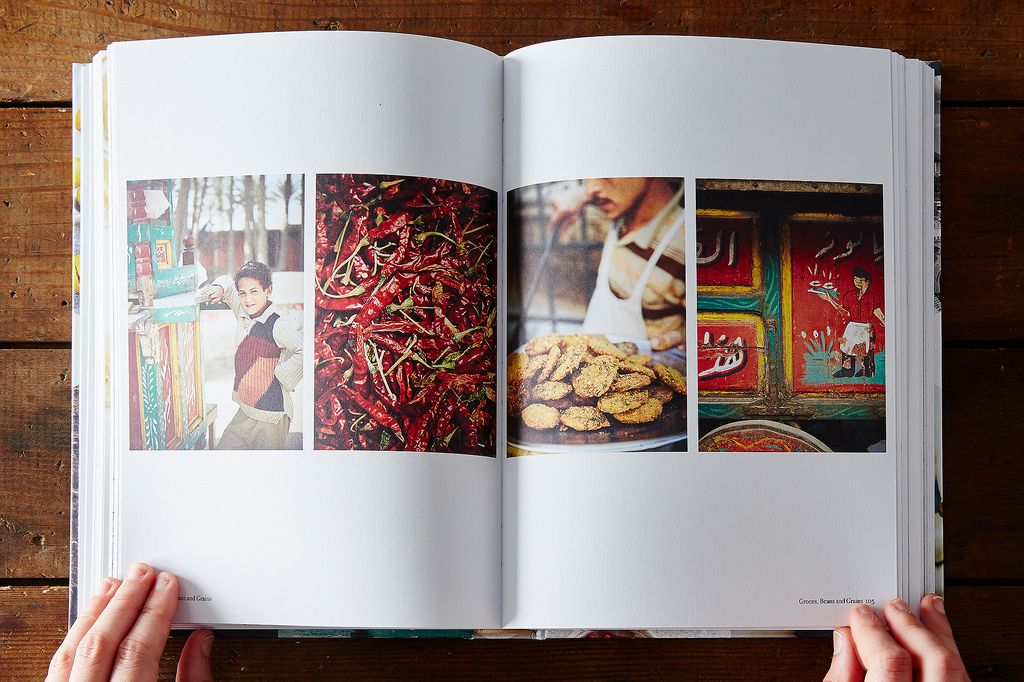

See what other Food52 readers are saying.